Word Count: 1,154
Average Read Time: 6.5 minutes
What if I told you your bad habits aren’t your fault? Imagine for a moment it’s year 2019 BC. Suddenly, you find yourself being attacked by a lion. You don’t have time to think and decide whether or not you’re going to fight back. It happens automatically before you even have time to process what’s going on.
How Habits Work
Chances are, you’ve never been attacked by a lion, so let me give you a few examples that are more common. When you pick up a pencil to write, do you have to decide which hand you pick it up with? When is the last time you had to decide which leg to put in your pants first? Do you have to relearn how to drive to work every morning?
These automatic actions are what we would call a habit. Habits are controlled by a portion of the brain called the basal ganglia. It’s the “habit center” of the brain. Decisions take time and effort. When added together, over time, they can be exhausting. The basal ganglia takes any action we repeatedly do and automates it so that we don’t have to think about it anymore.
You had to think about all those things at one time, but the basal ganglia has automated all of those things so you can focus your attention on filing your taxes, completing that big project at work, or surprising your spouse with a birthday party.
Bad Habit Loop
Of course, all of the previous examples are wanted habits. Unfortunately, the basal ganglia isn’t picky about what it forms into habits. Sometimes, it forms habits we don’t want, such as eating when stressed, biting your fingernails when thinking, stopping at your favorite fast food restaurant on the way home from work, or even picking your nose.
In other words, you aren’t deciding to go to the vending machine at work every day at 3pm. That decision was made subconsciously by your basal ganglia without you even realizing what was happening. All you know is it’s 3 o’clock and it’s time to get a snack. These bad habits aren’t a decision so much as they are a compulsion. We may not even realize we’ve participated in the bad habit (again) until after we’ve already done it.
You can certainly try white-knuckling it and to just stop doing the bad habit, but as we all know, that’s rarely gotten us very far. The reason is, when you go against what your basal ganglia is telling you to do, it feels wrong, even if you know it’s right. When you go against your gut instinct, it drains your willpower reserves until they run dry and you eventually give up on changing the habit.
So now what? Is there anything we can do to change this or are we just doomed to repeat this cycle of bad habits for the rest of our lives?
Hijacking the Habit Loop
Pulitzer-prize winning author Charles Duhigg believes that we can overcome this cycle. In his New York Times bestselling book, The Power of Habit, he lays out the concept of “the habit loop”. There are three components to the habit loop, the cue, the routine, and the reward.
The cue is what triggers the habit. This can be anything. It can be a place, a time of day, a feeling, or any other number of things. The routine is the habit itself. Lastly, the reward is what you’re trying to get out of the habit. It’s also what reinforces the habit.
Our first step is to identify each of the three components in the habit loop. The routine is obvious. It’s the habit we’re trying to change. That leaves the cue and the reward. The cue may not be immediately obvious but is (usually) easy to find. Each time you do the habit you’re trying to eliminate, think about what happened leading up to the habit.
Were you stressed? Were you hungry? Were you lonely? Did you just leave school or work? Did you hit a mental road block with something you’re working on? Were you arguing with someone? Is it the same time of day as the other times you’ve given in to this habit?
If possible, remove the cue. If passing your favorite fast food restaurant on the way home from work cues you to eat unhealthily, drive a different way home from work if possible. Typically this isn’t an option. In fact, in most situations, we can’t remove the cue.
This leaves the reward. The reward isn’t so much what you get out of the habit. It’s what you’re trying to get out of it. This is the hardest part to identify, but is the key to successfully changing the habit. Let’s look at fast food on the way home from work again.
Do you want to shred fat?
Become an insider and learn my simple 3-step process for creating a meal plan that will help you finally get the body you've always wanted.
Are you eating the fast food to actually satisfy hunger? Are you trying to relieve stress? Are you stopping as a break from driving? Are you trying to relieve boredom from the drive? Are you seeking human interaction?
Once we’ve identified what we’re actually seeking through the habit, it’s time to replace the unwanted habit with another, more appropriate habit. One important thing to note here is we must choose a replacement habit that matches the reward we’re seeking. In other words, if you’re hungry, calling your friend won’t help.
Let’s look at some possible replacement habits for each of the scenarios I listed above:
Eating to satisfy hunger: Bring lower Calorie food with you.
Eating to relieve stress: Listen to a podcast, audio book, or music, pray, meditate, or call a friend (if it’s legal to talk while driving where you live).
Stopping as a break from driving: Stop somewhere other than a restaurant and stretch.
Eating to relieve boredom: Listen to a podcast, audio book, or music, pray, meditate, or call a friend (again, if this is legal where you live).
Seeking human interaction: Call a friend.
Keep in mind, this will take some time and experimentation, so be patient. You may have to try several different replacement habits before you can find one that successfully helps you replace the unwanted habit.
Takeaway
Identify the habit.
Identify what is cuing you to do the habit.
Experiment with replacement habits that will help you successfully replace the unwanted one.
Thank you so much for reading! If you found this information helpful and want to help the Treadaway Training blogcast grow, simply share this post with a friend. If you like what I have to say, sign up below to become a Treadaway Training insider and get notified for each blogcast and video. I will be back here Thursday with another fat loss topic. As always, God bless you AND your family and I'll see you Thursday.








